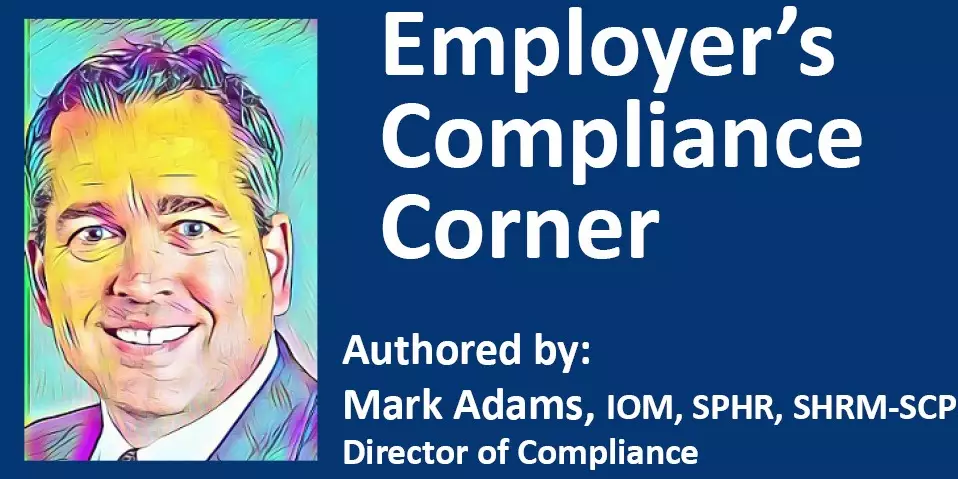
With little fanfare, the U.S. Department of Labor’s Office of Federal Contract Compliance Programs published a notice in the Federal Register rescinding its previously issued notice (issued back on November 25, 2019), which stated that OFCCP did not intend to request, accept, or use EEO–1 Component 2 data. The action is effective immediately.
To put this action in context, the 2019 notice had been the culmination of the agency shelving a prior initiative to pursue the collecting of what is known as “Component 2 data” from those employers subject to the EEO-1 filing requirements. Originating back in 2014 with final approval for its implementation obtained in 2016, the initiative would have required covered employers to classify their incumbents by gender and race/ethnicity into defined by bands on the revised EEO-1 report within the corresponding EEO-1 job groups. The stated intent of the initiative was to identify potential pay inequities for further evaluations (re: enforcement action).
In justifying its action to reverse course once again, the OFCCP stated it “believes the position taken by the agency in the November 2019 notice was premature and counter to the agency’s interest in ensuring pay equity . . . there are substantial reasons to believe that the Component 2 data could be useful to OFCCP’s enforcement.”
Translation: it is not a matter of IF, but a matter of WHEN this reporting comes back online.
For employers, it is the latest in an array of legislative and regulatory efforts designed to strive for greater pay equity.
Regionally, Massachusetts, Connecticut and now most recently Rhode Island have all adopted various pay equity laws to put employers on notice that pay deviations should only be permissible for certain defined reasons. For example, permissible justifications include the likes of bona fide seniority or merit programs or systems, accounting for geography, relevant education, training or experience and travel being factors found in some of these laws. While these state measures provide for private rights of action in state court for those aggrieved under those state laws, what is significant about the federal OFCCP initiative is that the collection of covered employer data may be used to proactively seek enforcement action against employers whether a complaint has been filed or not.
Collectively, the message is clear: employers need to undertake a more systematic approach regarding their compensation practices. Whether it is determining the value that a job brings to an organization and how it compares to other comparable jobs to how the pay levels and pay ranges are set for those jobs, employers need to be vigilant that their pay decisions are consistent with their compensation philosophy and not unduly influenced by the incumbent in the job. For organizations with in-house compensation professionals and specialists, this may not be an extraordinary task. For smaller or leaner businesses without that expertise, it can seem overwhelming where to begin (especially if you are just accustomed to comparing pay solely on market factors or “googling” a pay level by typing a job title in the google search bar).
Working with a seasoned compensation professional and/or implementing, a proven job evaluation system (such as the National Position Evaluation Plan) can provide the road map you need to establish a more defensible foundation for your pay practices.
Thank you for viewing this article in EANE’s Employer’s Compliance Corner Blog, Authored by our Director of Compliance, Mark Adams. Please visit again soon to stay up to date on today’s compliance updates and best practices for employers.